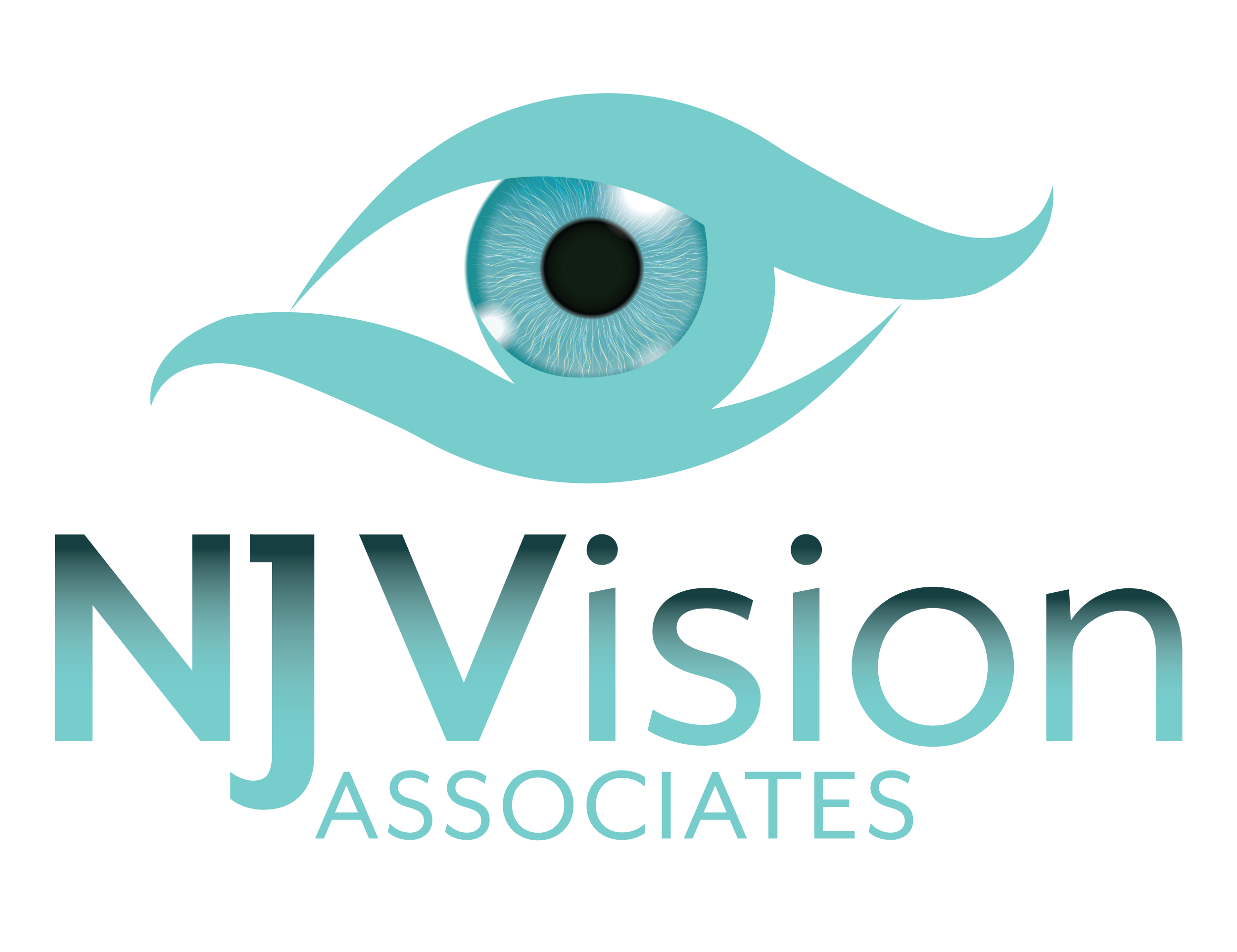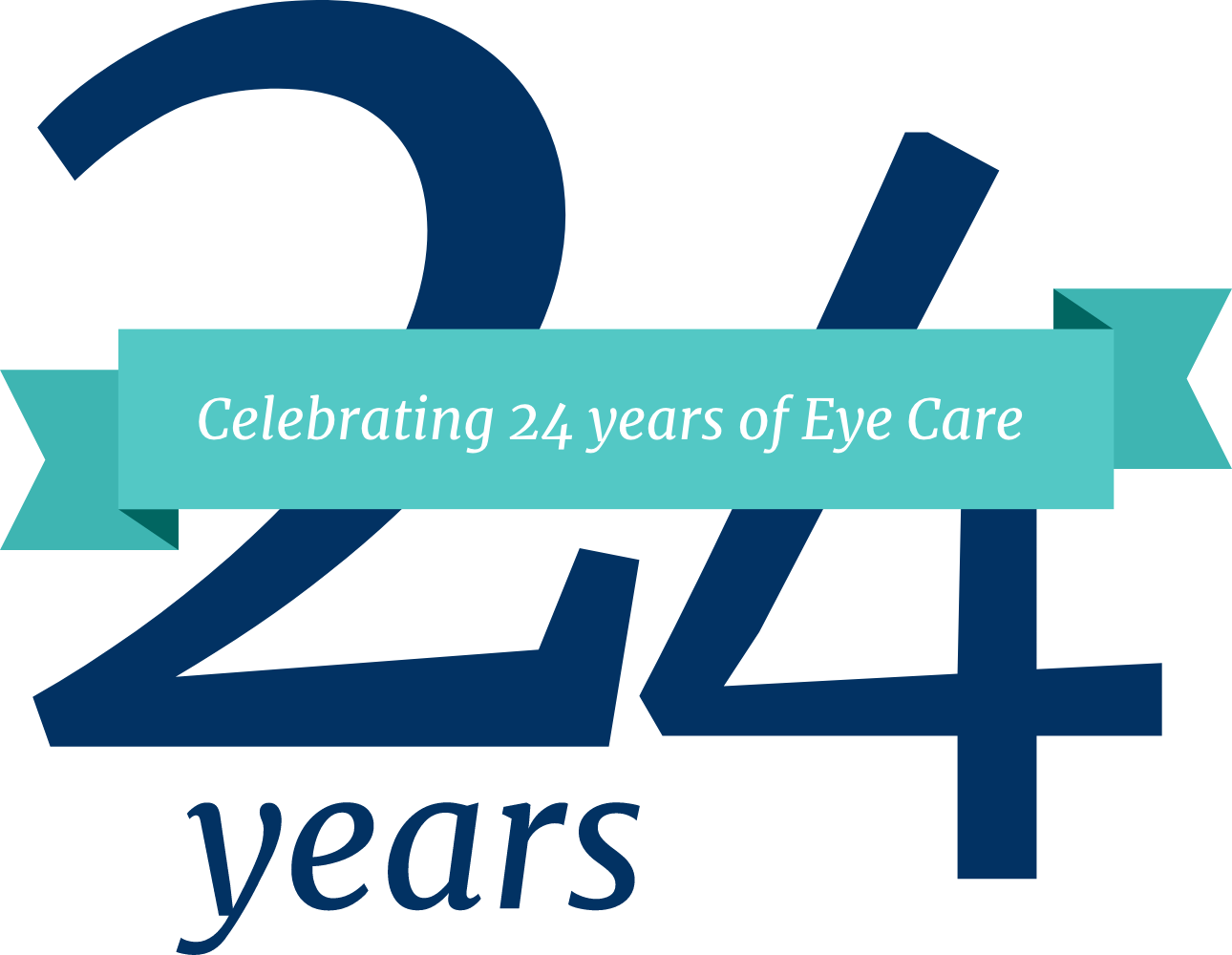Diabetic Eye Disease
 Patients with diabetes are at high risk of developing several eye diseases. Diabetic eye conditions often develop without any noticeable symptoms, so it is important for diabetic patients to have comprehensive dilated examinations of their eyes at least once a year. Early detection of eye disease can help prevent permanent damage.
Patients with diabetes are at high risk of developing several eye diseases. Diabetic eye conditions often develop without any noticeable symptoms, so it is important for diabetic patients to have comprehensive dilated examinations of their eyes at least once a year. Early detection of eye disease can help prevent permanent damage.
Reasons for Diabetic Eye Disease
Diabetic eye problems develop from high blood sugar levels, which can cause the lens of the eye to swell (edema) and result in damage to the eyes' blood vessels. In addition, patients with diabetes have a higher risk of developing cataracts and glaucoma than the general population. Their risk can be reduced by undergoing regular eye examinations and by controlling blood sugar levels.
Diabetic eye conditions include diabetic retinopathy, cataracts and glaucoma, each of which can lead to vision loss or blindness. In fact, diabetes is the leading cause of blindness in adults between the ages of 20 and 74.
Diabetic Retinopathy
Diabetic retinopathy results from changes in the blood vessels of the retina, in some cases causing the blood vessels to swell and leak, in others resulting in the growth of abnormal blood vessels. Diabetic retinopathy usually occurs in both eyes, worsens over time, and eventually results in visual impairment.
There are four stages of retinopathy, ranging from mild to proliferative. The earlier the condition is detected and treated, the more likelihood there is of preserving vision. Patients with either Type 1 or Type 2 diabetes are susceptible to diabetic retinopathy; pregnant women with diabetes are at heightened risk. During early stages of diabetic retinopathy, patients are asymptomatic, but blurred vision or floaters may occur when blood vessel in the macula, the part of the retina that provides sharp central focus, leaks fluid.
Once macular edema is present or the condition has reached the proliferative stage, the patient is treated with scatter or focus laser surgical treatments to reduce fluid leakage and shrink abnormal blood vessels. If the patient develops a quantity of blood in the center of the eye (vitreous gel), a vitrectomy (a procedure to remove the blood in the vitreous) may be needed. There are also several medications that may also be prescribed to prevent new abnormal blood vessels from forming.

Normal Vision

Vision with Diabetic Retinopathy
Cataracts
A cataract is a clouding of the lens of the eye that interferes with vision. Most cataracts are related to aging, but they often develop much earlier in patients with diabetes. When cataracts occur in patients with other disease conditions, like diabetes, they are referred to as secondary cataracts.
The symptoms of cataracts include cloudy or blurred vision, poor night vision (halos and glare), and reduced color perception. While in the early stages of cataracts, new prescription eyeglasses, brighter lights, and magnifying lenses may be helpful, surgery is the only fully effective treatment for this condition. During cataract surgery, the patient's natural cloudy lens is replaced with a clear artificial one.
Glaucoma
Glaucoma results from elevated fluid pressure inside the eye that can lead to optic nerve damage. Patients with diabetes are at twice the risk of developing glaucoma than other adults. In the beginning, glaucoma patients are asymptomatic, but, without treatment, they will gradually lose their peripheral vision. If glaucoma is allowed to reach an advanced stage, the patient's tunnel vision will narrow until total blindness develops.
In its early stages, glaucoma is usually treated with oral medication or topical eye drops. If glaucoma reaches a more advanced stage, one of two types of surgery may be necessary to drain excess fluid from the eye: laser trabeculoplasty or conventional surgery.
Diagnosis of Diabetic Eye Disease
It is extremely important that patients with diabetes make certain to have comprehensive eye examinations frequently and to report any visual symptoms as soon as they occur. In order to test for diabetic eye disease, the ophthalmologist may administer several or all of the following:
- Visual acuity and field tests
- Dilated eye examination
- Pachymetry
- Tonometry
- Fluorescein angiogram
These tests will assist the ophthalmologist in determining whether an eye disease is present and, if so, which one. This will help the doctor to develop an effective treatment as quickly as possible.


